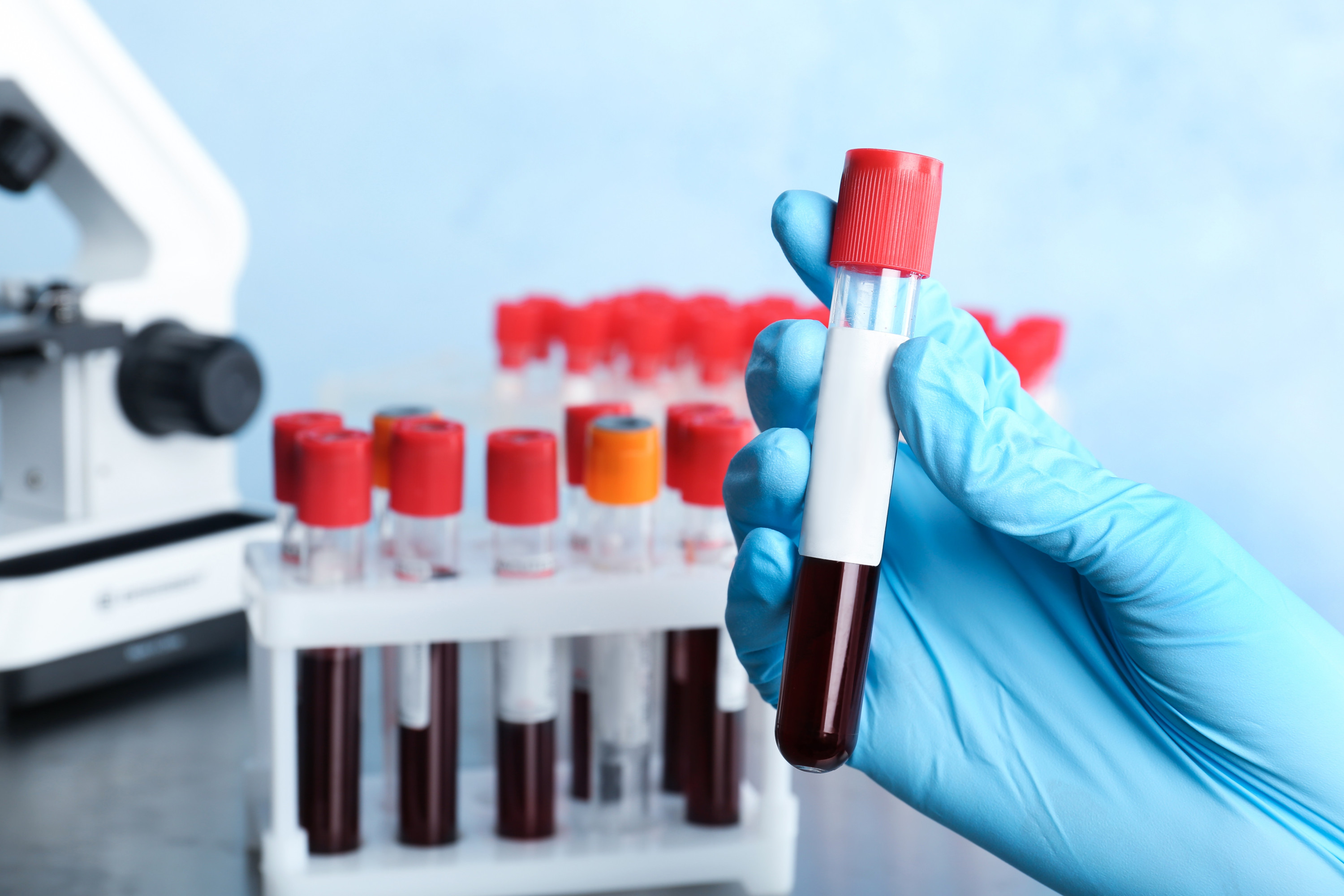Blood Disorders
Blood disorders, also known as hematological disorders, encompass a wide range of conditions that affect the components of blood, including red blood cells, white blood cells, platelets, and plasma. These disorders can have significant implications in the field of oncology, which focuses on the study and treatment of cancer.

Common Blood Disorders: Blood disorders include conditions like anemia (low red blood cell count), leukemia (cancer of blood and bone marrow), lymphoma (cancer of the lymphatic system), and myeloma (cancer of plasma cells). These disorders disrupt the normal functioning of blood cells and can lead to various health problems.
Similar Origins: Many blood disorders and cancers originate from the bone marrow, which is responsible for producing blood cells. In both cases, abnormal or malignant cells can proliferate and interfere with the body's ability to produce healthy blood cells.
Diagnostic Overlap: Blood tests are often crucial in diagnosing both blood disorders and certain types of cancer. Abnormalities in blood cell counts, such as low hemoglobin or abnormal white blood cell counts, can signal the presence of these conditions.
Treatment Challenges: The treatment of blood disorders and cancer often involves chemotherapy, radiation therapy, and stem cell transplantation. In some cases, targeted therapies and immunotherapies may be used. These treatments aim to eliminate or control the abnormal cells and restore the body's ability to produce healthy blood cells.
Comorbidities: Patients with blood disorders may also be at an increased risk of developing cancer, and vice versa. Understanding the relationship between these conditions is essential for comprehensive patient care.
Research and Collaboration: Oncologists and hematologists often collaborate to provide the best possible care for patients with both cancer and blood disorders. This multidisciplinary approach is critical for managing complex cases effectively.
Blood disorders are closely related to oncology due to their shared origins, diagnostic overlap, and treatment approaches. Understanding these connections is vital for healthcare professionals to provide comprehensive care for patients dealing with both blood disorders and cancer. Additionally, ongoing research in this field aims to improve the diagnosis and treatment of these conditions, ultimately enhancing the quality of patient care.
LIST OF BLOOD DISORDERS
This list includes a range of blood disorders, from common conditions like anemia to rare disorders like PNH. Each of these disorders has its unique characteristics, causes, and treatment approaches. It's essential to consult with a healthcare professional for a proper diagnosis and management if you suspect you have a blood disorder.
Anemia: A condition characterized by a decrease in the number of red blood cells or a deficiency of hemoglobin, leading to reduced oxygen-carrying capacity in the blood. The most common cause of anemia is iron deficiency usually induced by blood loss of the gastrointestinal tract, in young women may be excessive menstruation.
Hemophilia: A genetic disorder that impairs the blood's ability to clot properly, leading to excessive bleeding.
Thrombocytopenia: A condition where there is a lower-than-normal number of platelets in the blood, which can result in bleeding and difficulty with blood clotting.
Leukemia: A type of cancer that affects the bone marrow and blood, resulting in the abnormal production of white blood cells.
Lymphoma: A cancer that originates in the lymphatic system, which includes the lymph nodes, spleen, and bone marrow.
Myeloma: A type of cancer that affects plasma cells, which are responsible for producing antibodies in the blood.
Polycythemia: A condition where there is an overproduction of red blood cells, leading to an increase in blood thickness and viscosity.
Sickle Cell Disease: A genetic disorder that causes red blood cells to become misshapen and break down, resulting in anemia and other health problems.
Thalassemia: An inherited blood disorder that leads to the production of abnormal hemoglobin, causing anemia and other complications.
Hemochromatosis: An inherited disorder that causes the body to absorb and store too much iron, which can damage various organs, including the liver and heart.
Aplastic Anemia: A condition where the bone marrow fails to produce enough blood cells, resulting in a deficiency of red blood cells, white blood cells, and platelets.
Von Willebrand Disease: A bleeding disorder caused by a deficiency or dysfunction of a clotting protein called von Willebrand factor.
Hemolytic Anemia: A group of disorders where red blood cells are prematurely destroyed, leading to anemia.
Factor V Leiden: A genetic mutation that increases the risk of abnormal blood clot formation.
Idiopathic Thrombocytopenic Purpura (ITP): An autoimmune disorder where the immune system mistakenly destroys platelets, leading to low platelet counts and bleeding issues.
Paroxysmal Nocturnal Hemoglobinuria (PNH): A rare and acquired blood disorder where red blood cells break apart, causing hemolysis.